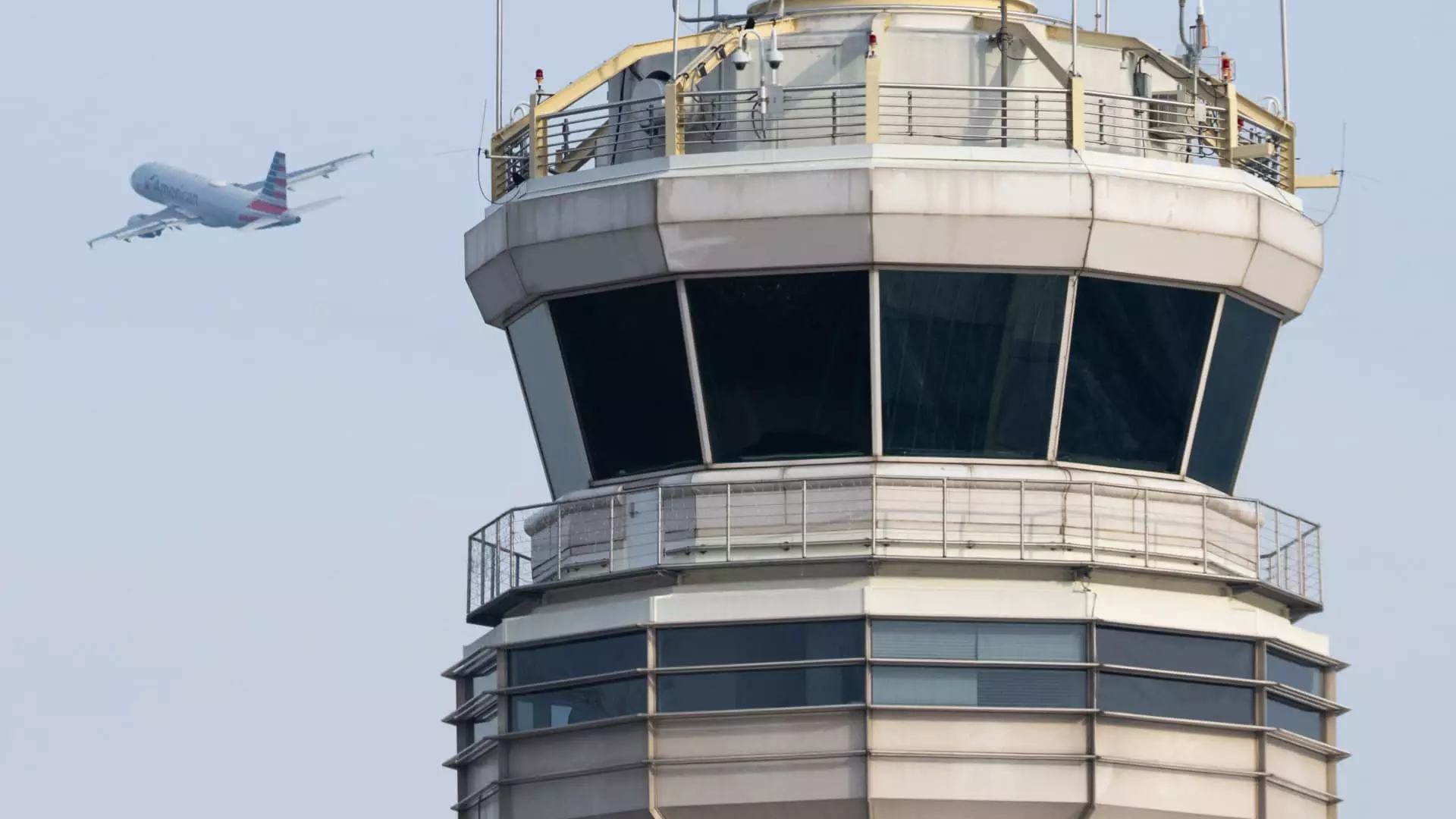Elon Musk has once again stirred the waters with his latest assertion regarding the implications of Starlink satellite technology on air travel safety. While using his platform to voice concerns backed by no apparent evidence, Musk has sent Starlink’s satellite internet terminals to the Federal Aviation Administration (FAA) for review. Innately, this raises the question of the intersection between innovation and regulatory frameworks, especially as Musk operates at the helm of SpaceX while simultaneously having ties to federal policymaking through his advisory roles.
Musk’s comments, unleashed upon his social media platform X, suggest that current technology jeopardizes air travel safety, but absent any substantiation. This lack of evidence is crucial because claims surrounding public safety require rigorous backing. The aviation industry, represented by leaders from major airlines, dismissed Musk’s warnings. They assert that no imminent risks stem from the FAA’s existing technological framework. Air travel, marked by its complexity and safety protocols, requires a comprehensive, data-driven approach to identify and address vulnerabilities. Skepticism towards Musk’s assertions is well-placed, particularly when anecdotal remarks are positioned against expert opinions from aviation executives.
The FAA has been cautious, stating it has been evaluating Starlink as a potential communication solution for deployable sites, particularly in remote regions. Notably, the administration has been actively involved in assessing technologies for enhancing air traffic communication, not merely reacting to Musk’s proclamations. The dichotomy between Musk’s sensational claims and the FAA’s systematic evaluation underscores the need for substantive dialogue over speculation.
Airlines have long been vocal about the urgent need for modernizing air traffic control systems. Recent reports have surfaced highlighting a potential shift in technology contracts from Verizon to Starlink, which has raised eyebrows across the industry. Given that some critical communication infrastructure is decades old, extensive modernization is not only overdue but essential for ensuring the safety and efficiency of air travel.
Verizon, amidst this tussle, stated that they are actively engaged in overhauling aging systems. This entails not just replacing outdated gears but enhancing capabilities that cater to modern aviation demands. The complexities surrounding air traffic control systems should divert the focus from individual narratives to the collective urgency of industry-wide modernization initiatives. Providing emergency funding could catalyze profound changes, but political nuances may derail these essential developments.
Musk’s dual engagements—steering SpaceX while advising the Trump administration—have prompted concerned voices in the political arena about potential conflicts of interest. Lawmakers, particularly Democrats, have called for transparency in how such developments could sow discord in regulatory practices where Musk’s enterprises operate. The intertwining of private interests and public safety raises ethical dilemmas that are critical for legislative inquiry.
Senator Ed Markey’s and Senator Tammy Duckworth’s inquiries pose essential questions: Are operations being compromised for the sake of catering to rapid technological shifts? Communities that thrive on these flight services require assurance that modernization is not just politicized rhetoric but an achievable goal that positively impacts safety protocols and flight operational efficiencies.
With aviation safety concerns once again highlighted, particularly after the tragic crash involving an American Airlines jet, the focus on air travel safety has never been more pronounced. While Musk’s comments could potentially energize discussions on aviation safety, baseless narratives do not enhance credibility. The aviation industry and regulatory bodies need to prioritize clear and sound evidence to address matters of public concern, especially as requests for emergency funding surge.
Recurrences of operational incidents signal that systemic risks must be rigorously explored and mitigated, paving the way for stronger regulatory oversight and better communication systems. Historical contexts like the stagnation following the 2009 fatal crash remind us that continuous attention to safety infrastructure cannot falter.
On the journey to modernize air traffic systems, divergent opinions like those from Musk and the aviation industry must coalesce into a coherent strategy that emphasizes evidence-based approaches. As we navigate this crucial transformation, priorities should remain fixed on safety assurance, modernization, and transparent engagement from all stakeholders. Engaging perspectives while ensuring regulated entities uphold safety standards is pivotal in sculpting a future-oriented aviation landscape. If the stakes lie in public safety, we can ill afford distractions; building a cohesive, safe, and efficient air travel environment must take precedence.


Leave a Reply